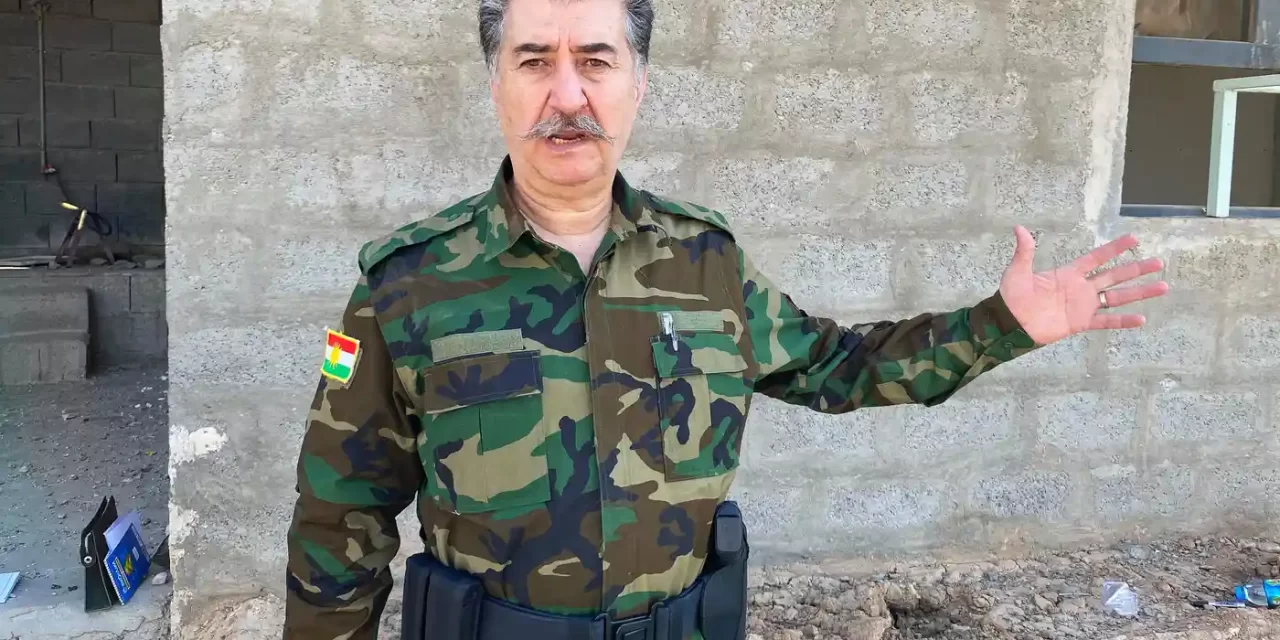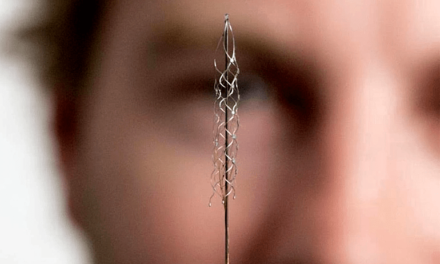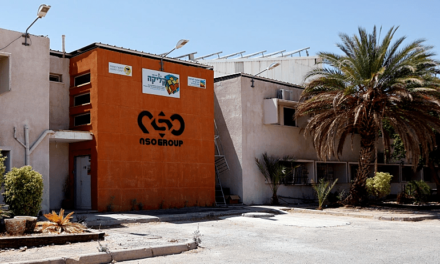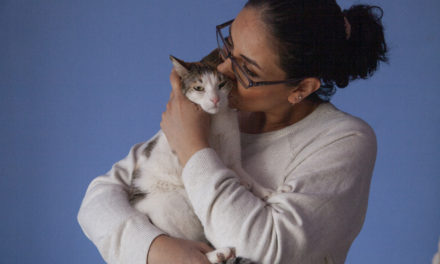Photo: Gen Hussein Yazdanpanah in the ruins of his base in Iraqi Kurdistan. ‘They are not winning on the ground,’ he said of Iran. Photograph: Nechirvan Mando
Exiled Kurdish forces in Iraq feel abandoned by west and say they need weapons like in Ukraine
Martin Chulov in Erbil, Iraq
Picking through a pile of twisted metal, Rebaz, a Kurdish Iranian fighter, stooped to cradle a jagged chrome piece that was dug from the ruins of his base. “This was part of a Fateh missile,” he said. “It’s one of the biggest that the Iranians have in their arsenal. It’s from the day they tried to wipe us out.”
The heap included other wreckage – of rockets and kamikaze drones that had devastated this small outpost, just east of Erbil in northern Iraq, a fortnight ago. Since then, jittery guards had looked from the ruins towards the east, from where more than two dozen ballistic missiles and another dozen kamikaze drones blazed from a blue sky a fortnight ago.
The attack marked one of the biggest barrages of ballistic missiles anywhere in the region in at least the past decade and, across northern Iraq, few saw it coming. Except for the Iranian Kurds who have guarded this hilltop through war and insurrection, and knew what to expect from Iran, a mortal foe under mounting pressure at home.
With the attacks, Iran sought to lay the blame for protests at home on a long-term enemy, the fighters for an independent Kurdistan, a state the Kurdish ethnic group hope to one day establish on land currently in Turkey, Iraq, Iran and Syria.
The missile barrages, three in total, sent close to 70 long-range warheads to Iranian Kurdish bases in northern Iraq, killing 14 fighters, wounding 58 and levelling bases that had fought Islamic State, the Iraqi army and Shia militias over the last eight years.
They came as popular demonstrations were gathering momentum in Iran, pitting the country’s women and youth against one of the region’s most formidable police states. Two weeks later, and nearly six weeks into protests that continue to rattle Iran’s theocratic leaders, the mood on the streets remains febrile.
Faced with an impetus the regime did not expect, or know how to contain, officials have attempted to divert the conflict from the streets of towns, cities and even villages, to age-old geographic flashpoints and to the more modern battleground of the information space. On both counts Iranian attempts are flailing.
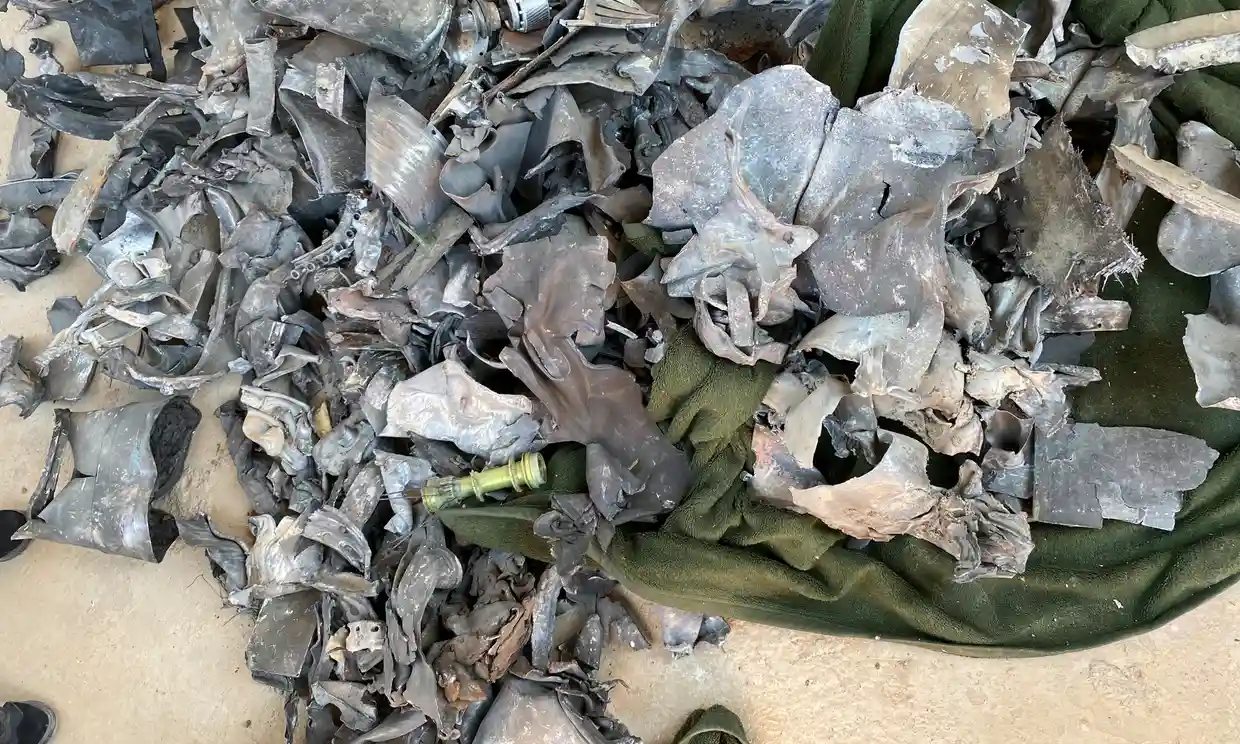
Photo: The twisted remains of Iranian missiles and drones fired at the Kurdish Iranian base in northern Iraq. Photograph: Nechirvan Mando
“They are not winning on the ground, and they are not deceiving anyone in Iran, or outside,” said Gen Hussein Yazdanpanah, the leader of an Iranian Kurdish group, the Kurdistan Freedom party (PAK). “Iran wants to demonstrate to the world that the protests are not relevant to what is happening inside the country and are instead driven by affairs from the outside. They are exporting this. They want the world’s attention to be taken away.”
Yazdanpanah had come to know every inch of the hilltop that he had called a base over the past eight years. From down the road towards Kirkuk and over the hills nearby, IS had once hovered. When they were gone, Shia militias and the Iraqi army had tried to advance after an ill-fated Kurdish referendum five years ago.
At all times, the Iranian Kurds stood their ground, committed to a broader Kurdish project as much as they were keeping Iran at bay. The general rejects Iranian claims that the protests are being driven by a Kurdish nationalist push. “It didn’t start that way, and it isn’t like that now,” he said. “We are tied to our people and the protesters. But it is not us that started these events. It is not our forces that are on the streets.
“But they have to know that we will not stay silent in the face of this and we will defend our daughters’ blood.”
The smell of death rose from the rubble; two fighters remained unaccounted for and only heavy equipment could shift the enormous piles of ruins caused by the ballistic missiles. What remained of the PAK’s scorched arsenal lay baking in the autumn sun. But even among the devastation, work had started on a new base a mile away. “We will prevail,” said Yazdanpanah. “But we are not satisfied with the way the international community has responded.”
As well as watching events unfold in Iran, Iranian Kurds are well versed in the war in Ukraine, where a steady supply of powerful weapons have helped fight back a Russian invasion and could help turn the course of the war. Kurdish forces in Iraq received weapons while the war against IS was raging. But that was nearly five years ago and, once again, the Kurds feel history, and their friends, have forgotten them.
“This territory is supervised by the international coalition and they know our role in fighting Isis. How can an airspace be monitored by them and something like this be allowed to happen? It’s like tying our hands and letting the wolf come for us. We are a people that has regularly been slaughtered for the price of supporting democracy and human rights. The only place in the region that allows room for democracy to be fertilised is here.”
He implored the international community to consider reimposing a no-fly zone, more than 20 years after another such zone was lifted. The first was to deter Saddam Hussein from attacking the Kurdish north. “The solution is to close our skies and to stop Iran targeting us. Iran does not respect diplomatic relations, nor soft power. It only knows strength.
“The weapons that are being given to Ukraine could also be given to us. Even a small amount. You can give the Kurds in Iran similar support. Why are you not supporting a stateless people who have fought Isis and supported your interests? Without us, they would have made it to Europe.”
In nearby Erbil, which has so far been spared the Iranian barrage, but where officials are also considering calling for a new no-fly zone, an Iranian Kurdish refugee, Ibrahim, 29, from Urmia in the country’s north-west, said he was hopeful the uprising would continue to gain momentum.
“There was a time when protests in Iran happened every 10 years or so, but that gap has been closing. It’s now every two years, and that shows that the regime is losing its hold.
“They can’t think they can continue to run a repressive regime like this in an information age. The worst thing for them was the Covid lockdown. People and students had all that time to stay at home and look at the internet. They saw how life could be and they wanted a taste of it.
“It is not an armed uprising for now. And I hope it doesn’t become one. But if it does, the problem will be, where would those weapons come from. This needs to be taken very seriously.”
An Iranian Kurdish woman, Arina, 28, from Sanandaj, said: “It’s never been like this, all minorities and ethnicities fighting together for basic human rights. I have many friends in the streets whom I talk to daily.
“Every time I talk to my friends I say they’re very motivated. It’s very different from previous protests. In some areas the government has already lost control.”
Additional reporting: Nechirvan Mando
… we have a small favour to ask. Millions are turning to the Guardian for open, independent, quality news every day, and readers in 180 countries around the world now support us financially.
We believe everyone deserves access to information that’s grounded in science and truth, and analysis rooted in authority and integrity. That’s why we made a different choice: to keep our reporting open for all readers, regardless of where they live or what they can afford to pay. This means more people can be better informed, united, and inspired to take meaningful action.
In these perilous times, a truth-seeking global news organisation like the Guardian is essential. We have no shareholders or billionaire owner, meaning our journalism is free from commercial and political influence – this makes us different. When it’s never been more important, our independence allows us to fearlessly investigate, challenge and expose those in power.

